The Fourteen known chapters of the Sanskrit Buddhacarita, famous biography of the Buddha, belong to world literature, not only to Buddhism. The style is kavya literature, ornate poetry. Conversion seems to be the main concern of its author (ca 100 A.D. ?), himself a concerted Brahmin from Central India. The text reads like a play. The doctrinal affiliation of the author may be said to be sautrantika sarvastivada, influenced by mahasamghika views.
The Tibetan version of the text (between 1260 – 1280 A.D.) contains all twenty-eight chapters, and so does the Chinese "translation", Taisho ed. IV 192. The Chinese is the work of the Chiense monk Baoyun (376-449 A.D.) from Liangzhou. It was completed in 421 in the Liuheshan Temple near Jiankang (Nanjing). The authorship is opten erroneously ascribed to Tan Wuchen (385-433 A.D.), Dharmarddhin, a monk from Central India who brought out the so-called northern version of the Mahaparinivanasutra (T.ed.374). Between 414 and 421 he worked in Liangzhou.
The Chinese Buddhacarita is Baoyn's oral version of the contents, making them clear to a Chinese audience. It is his understanding and explanation of the original Sanskrit, not a true translation. The style is polished colloquial there and then, so important for Japanese Kanbun. It is hardly meaningful to try to make a Sanskrit-Chinese glossary. A Chinses-English glossary, however, is very useful for our understanding of the colloquial style of the time, and –especoially- it is a tool to translate more Buddhist tests, a Buddhist "dictionary" (Chinese-English).

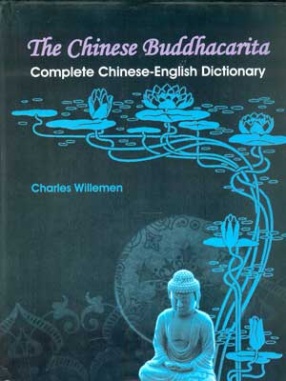
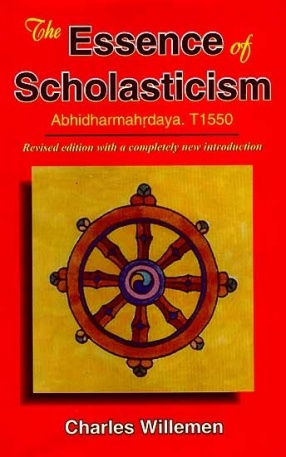
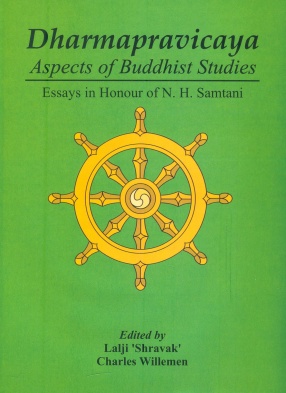
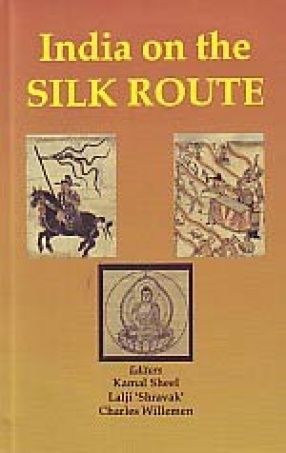
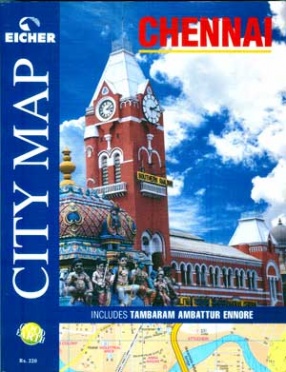

There are no reviews yet.